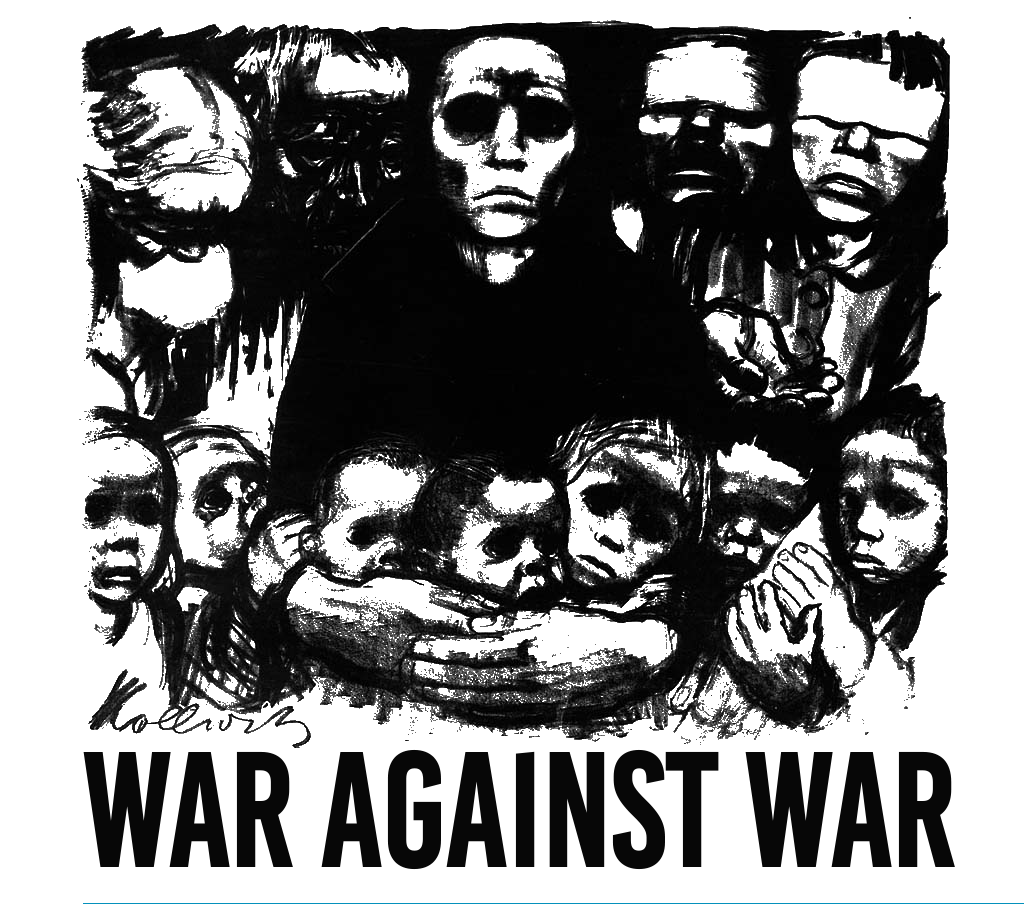Do disadvantaged ethnic groups favor violent over nonviolent conflict tactics? To understand when and why civil war breaks out, we need to study violent and nonviolent forms of conflict together, using analytical tools that can account for the choice between them. Yet, most large-N analyses of the causes of civil war do not account for nonviolent conflict, and vice versa. Because the mechanisms held to link horizontal inequalities to civil war closely resemble those used to explain largely nonviolent social movements, this article studies group disadvantages, political violence and nonviolent resistance together. To reduce concerns about selection bias in horizontal inequality research, it extends the analysis to socially as well as politically relevant groups around the world. A consensus is emerging that politically disadvantaged ethnic groups shun nonviolent tactics, because they lack ties to people close to the regime and its institutions. This article challenges the consensus, by showing that political group disadvantages predict nonviolent as well as violent forms of conflict. Groups’ economic status helps explain tactical choices. Among economically advantaged groups, political disadvantages increase the risk of nonviolent conflict. Among the economically disadvantaged, they facilitate violence. This pattern is strongest in situations where no policies are in place to remedy group disadvantages, in authoritarian and less economically open societies, and in analyses that account for conflicts of low intensity, to capture onsets early. The results point to the importance of economic and other forms of leverage, which have been largely overlooked in the econometric literature.
This was originally published on SAGE Publications Ltd: Journal of Peace Research: Table of Contents.
